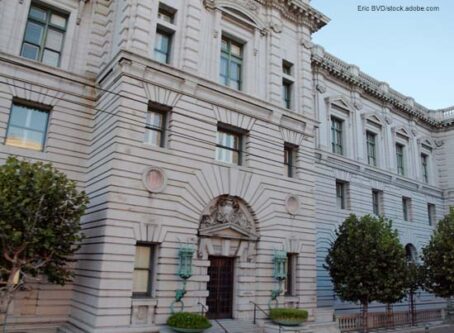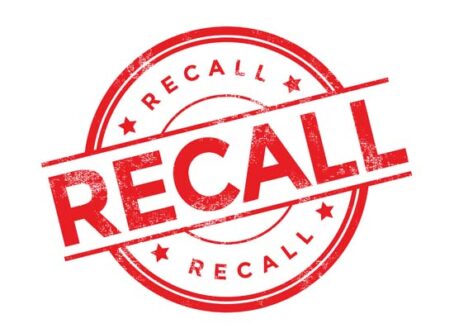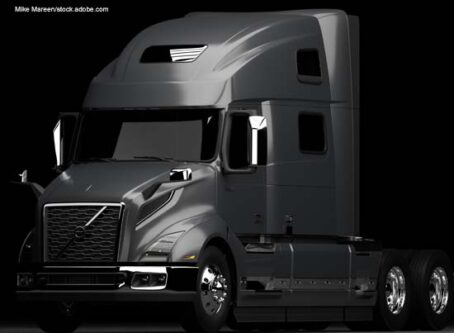Seattle proposes tolls on city streets to reduce carbon emissions
Seattle is continuing to make changes and policies in an effort to combat climate change. This time, motorists will be paying for it. Mayor Jenny Durkan recently announced the Seattle Climate Action, which includes tolling city streets.
Despite efforts to slow down road transportation emissions, the reduction has not been fast enough over the past decade. One solution that Seattle is proposing to accelerate the reduction of emissions is to toll city streets.
“Research suggests that the most effective strategy for reducing (greenhouse gas) emissions and generating the revenue needed to support transportation alternatives is to put a price on the use of city streets through congestion pricing or some other method of pricing transportation externalities,” the plan states. “Road pricing reduces travel times, increases travel reliability, encourages alternatives to single-occupant vehicle trips, and improves safety.”
The Seattle Department of Transportation will conduct a study to determine possible “pricing schemes” and how they would address congestion created by tolling in the Highway 99 tunnel, population growth and rapid expansion of shared vehicle transportation.
If voters allow the city toll, it would be the first of its kind in the United States. Recently, New York lawmakers denied Gov. Andrew Cuomo’s proposal of a $12 fee to enter downtown Manhattan by excluding it in the budget. Similar proposals in New York City in 2015 and 2008 were both struck down.
Central London implemented a congestion toll in 2003. Motorists entering a “congestion charge zone” between 7 a.m. and 6 p.m. on Mondays through Fridays are charged approximately $16 each day. Ten years after the charge was introduced, Transport for London reported a 10 percent reduction in traffic volumes.
According to the 2018 Seattle Climate Action plan, two-thirds of the city’s core emissions in 2014 came from road transportation. Half of total emissions derived from passenger vehicles, with the remaining emissions coming from medium- and heavy-duty trucks. Energy from heating, cooling and powering buildings (residential and commercial) accounted for the remaining one-third of emissions.
Since 2008, road transportation emissions have declined 2 percent. Per person emissions declined 12 percent. More fuel-efficient vehicles combined with fewer vehicle miles traveled as a result of increased transit services, walking and bicycling infrastructure likely contributed significantly to this reduction.
However, the emissions reductions were not enough. In order for Seattle to meet its 2030 goal of reducing emissions by 82 percent for passenger transportation, an average reduction of 7.5 percent each year starting in 2008 was needed. From 2008 to 2014, passenger transportation emissions declined by only 0.5 percent per year.
In addition to tolling city streets, Seattle also will prep for an increase in electric vehicles. The plan calls for building new parking structures or renovating current parking structures to include charging stations. Also, the city will release a map detailing optimal distribution of charging stations for public and private investors.
Seattle also wants ride sharing and taxi fleets to go fully electric. The city will collaborate with shareholders to find a way to electrify shared vehicle fleets. The task force will determine a year when all such vehicles must be electric, allowing the city to permit only electric vehicles for for-hire use.
Seattle’s efforts to address climate change go back to 2011, when the city declared it will become carbon neutral by 2050. In 2013, Seattle released its Climate Action Plan, which included a strategy to reduce greenhouse gases. Many of those actions were completed by 2015.









